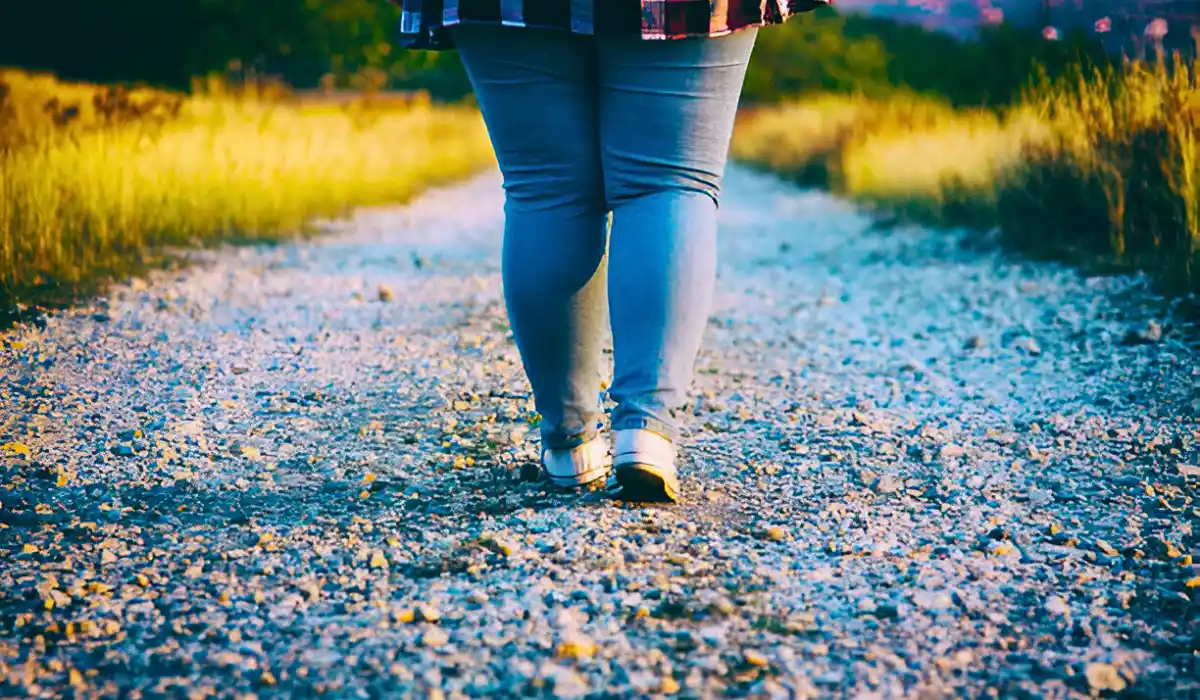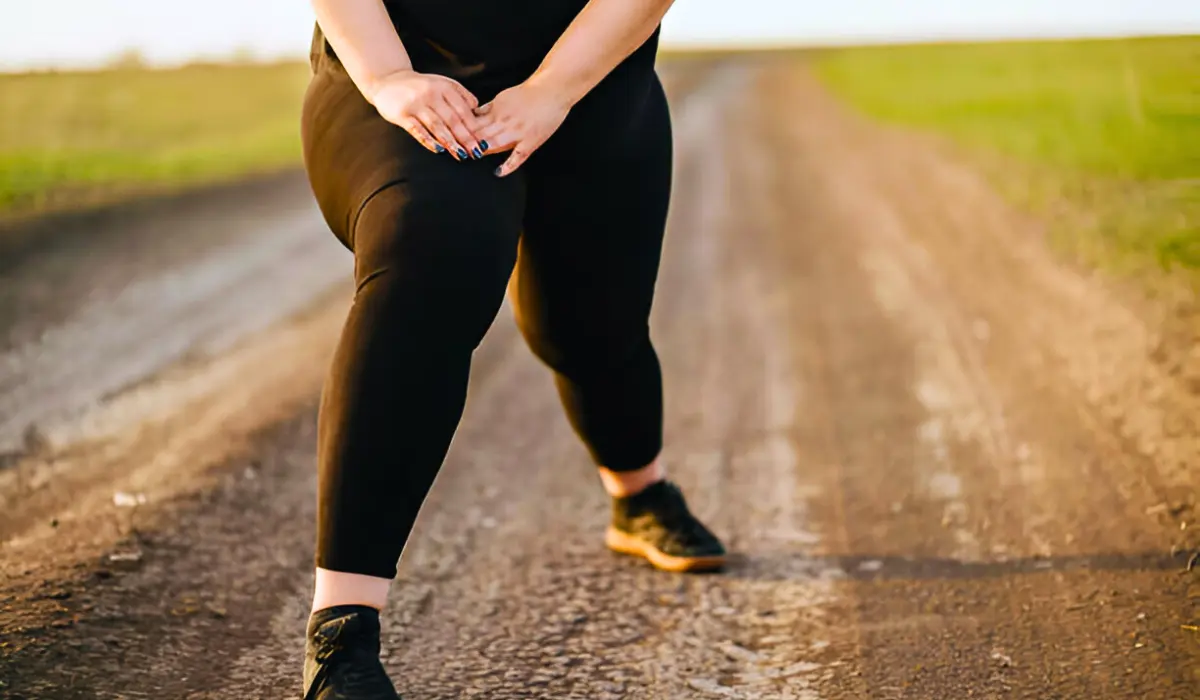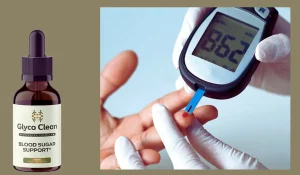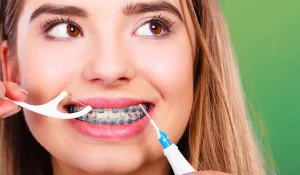Are you unable to lose fat in your legs even after months of workout and following a healthy diet? Then this article is for you. If you are experiencing a disproportionate fat accumulation around your thighs and arms, this might not be ‘just fat legs or arms’. Medical experts call this condition lipedema.
The statistics show that 1 in 72,000 people have this medical condition and most of them are women. But being similar to having fat legs or obesity, there is a high chance that it can be misunderstood as just being fat. So this article helps you identify whether it is lipedema or fat legs. Go through the article and learn about lipedema and how it differs from fat legs or obesity.
What Is Lipedema? Understanding Symptoms
Lipedema otherwise called Lipoedema is a chronic medical condition that results in fat buildup under the skin of legs and arms. This condition mostly affects women.

Some of the major symptoms of lipedema are as follows:
- Large amounts of fat buildup around thighs, butt, calves, and sometimes upper arms.
- An unusually heavy feeling on your legs.
- Pain in the affected areas
- The presence of a bump-like formation under the skin
- Bruised skin
- Swelling and fatigue
And there are five kinds of Lipedema, and they are:
- Type I- In this case, fat accumulation is usually found between naval and buttocks.
- Type II- Fat found from the pelvis area to the knees.
- Type III- Now fat prolongs from the pelvis to the ankles.
- Type IV- Fat buildup on arms, from shoulders to wrists.
- Type V- The calf area is affected by fat formation.
Lipedema Or Just Fat Legs?
Most of the time lipedema can be misunderstood as fat legs or as an aftereffect of obesity. But in reality, there are no apparent connections between these health conditions. While lipedema is characterized by abnormal fat distribution around your legs, fat legs, and obesity have their differences.
In fat legs, there will be a higher amount of fat accumulated in the legs and it might be the outcome of genetics, physical activity, or diet. In the case of obesity, fat accumulation can affect the entire body and lead to greater risks and complications. So the question here remains, how can we identify whether it is lipedema or just fat legs?
Here are some key points you can consider when testing whether the fat buildup in your legs is lipedema or not:
- Tenderness and pain– If you have lipedema, the affected areas are usually tender and might cause mild to severe pain. But in the case of fat legs and obesity, there won’t be any pain.
- Fat distribution– Now examine how the fat is distributed around the affected areas. In lipedema, the fat distribution has a disproportionate distribution pattern. But in obesity, the fat is evenly distributed all over your body. It is not just your legs or arms, but the whole body.
- Swelling– Another key factor in identifying lipedema is to diagnose swelling. Like fat distribution, in lipedema, your arms and legs have a disproportionate level of swelling.
- Skin texture and bruises– This is one of the easiest ways out there to find out whether your legs are under lipedema attack or not. For people who have generally fat legs or obesity, there won’t be any bruises on the legs or arms. But lipedema causes you to have bruises easily and in the advanced stages, there will be skin texture changes and nodules on your legs or arms.
How Do I Slim My Lipedema Legs?
Lipedema doesn’t have a permanent cure. But what you can do is prevent the symptoms from getting worse. Here are some of the treatment methods you can follow to relieve lipedema in your legs.
- Maintain a healthy lifestyle– You can make some changes to your diet and choose more anti-inflammatory and heart-healthy foods. Also, go for some specific types of exercises that can boost lymph flow. Regular practice of these lifestyle changes can relieve you from the symptoms of lipedema and slim down your legs slowly.
- Compression treatment– Certain kinds of compression devices such as compression stockings can relieve the pain and discomfort associated with lipedema. It will help you to walk and engage in other physical activities.
- Take care of your skin– Adhering to a proper skincare routine can relieve some of the symptoms of lipedema. You can use skin moisturizers on your legs to prevent it from drying.
- Medications and surgical treatments– Some kinds of medications are found effective in treating lipedema. For example, medications such as amphetamines and metformin can relieve inflammation and help with the pain associated with lipedema. In severe cases, you can go for liposuction, a surgical cosmetic procedure that removes unwanted fat from your body.
Also Read: Can Ginger Cure Knee Pain? Exploring Its Potential Benefits
Conclusion
The article shows you that lipedema is different from fat legs or obesity. But most often we tend to mistake it for being overweight or fat. So if you are having any of the symptoms of lipedema, make sure to contact your medical provider and take the necessary treatments. At the same time, you must follow a healthy lifestyle imbued with a proper diet and consistent workout routine to relieve the symptoms of lipedema.







